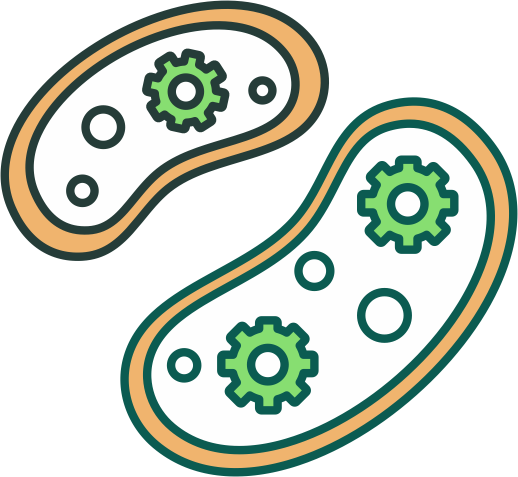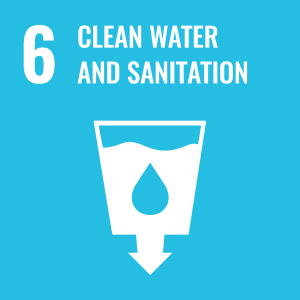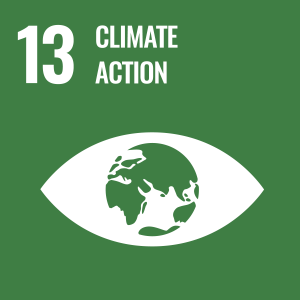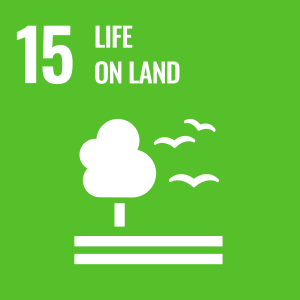
Learn about the treatments and techniques
of microbiology and molecular biology
implemented in the bioremediation of
contaminated areas

Eco-friendly processes for Arsenic and Heavy Metals removal from contaminated waters
Organohalide respiration and aerobic biodegradation of chlorinated solvents
Bacterial communities associated with the rice rhizosphere and selection of bacterial strains with PGP characteristics
The microbial community, present in the contaminated area, is analyzed to determine the native bioremediation capacity using general microbiology and molecular biology techniques. In addition, the monitoring of the microbial community defines the efficiency of the applied remediation techniques.

The protection of our ecosystems and the care for the environment is a concern that is gaining more and more strength. The Sustainable Development Goals (SDGs), are a new set of 17 universal goals, targets and indicators which guide us towards a sustainable world in which no one is left behind.



Bioclogging: microbial biofilm involved in micropore occlusion in rice paddy.
Biofertilization: bacteria with PGP (Plant Growth Promotion) characteristics for sustainable agricultural development.
Chlorinated solvents degradation in anaerobic and aerobic conditions through organohalide respiration and, metabolic and co-metabolic biodegradation
Microbial communities involved in arsenic oxidation for bioremediation of aquifer and rice paddy
Heavy metals removal by microbial communities from galvanic wastewaters
Petroleum hydrocarbons biodegradation in aerobic conditions
Here are some of our courses.